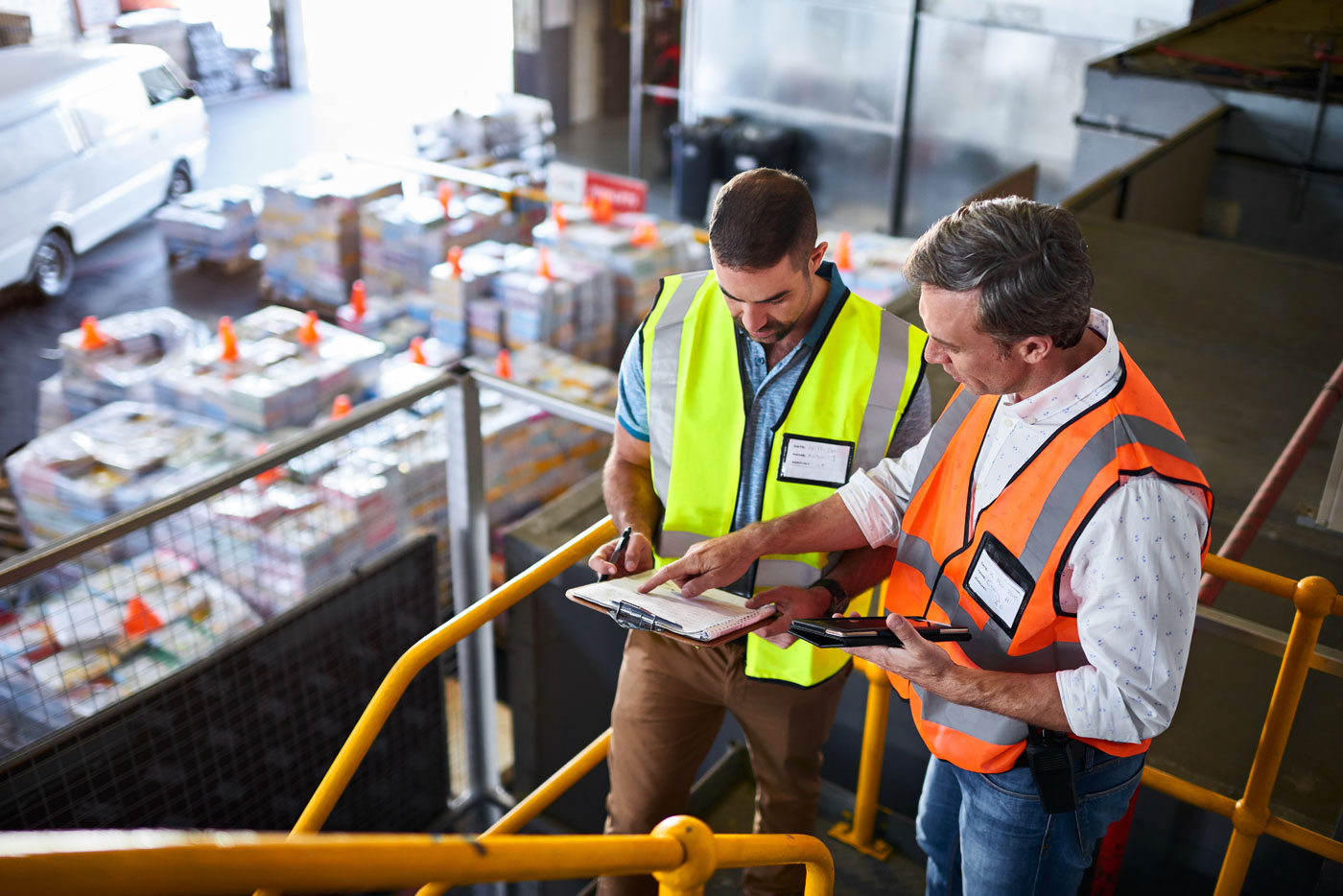Learn how 2D barcodes are used in Transport and Logistics, and what’s coming next.
The focus of the global 2D barcode program by GS1 is currently on retail point of sale.
However, there is progress towards using 2D barcodes in Transport and Logistics.
2D barcodes are approved as an additional barcode on GS1 Logistics Labels in addition to GS1-128.
Future opportunities to leverage 2D barcodes in Transport and Logistics are demonstrated by the Scan4Transport program, which was launched in 2021.
Scan4Transport is a global standard for encoding transport data on a Logistics Label.
Data is encoded into a 2D barcode on a transport label to be scanned and captured during the transport process.
Data could include address information, authority to leave, globally unique freight unit identifier (Serial Shipping Container Code, or SSCC), handling information, and return-to information for all sorts of freight including satchels, cartons and pallets.
The data is encoded using new Application Identifiers (AIs) which have been created just for the transport and logistics industry.

Express freight specialist, VT Freight Express, has implemented GS1 Scan4Transport standards on transport labels.